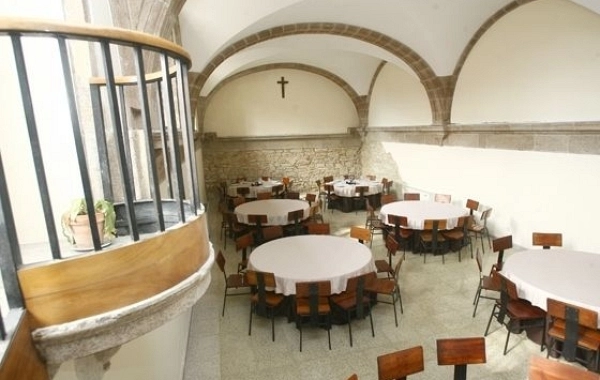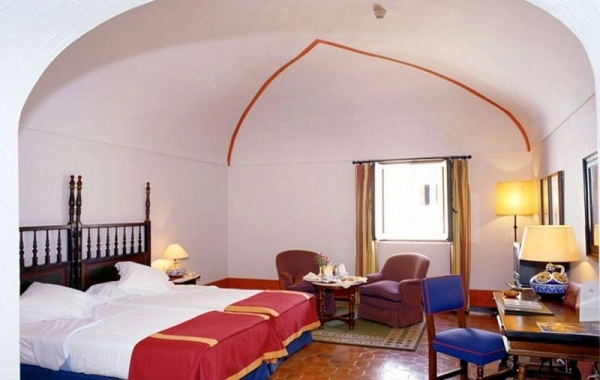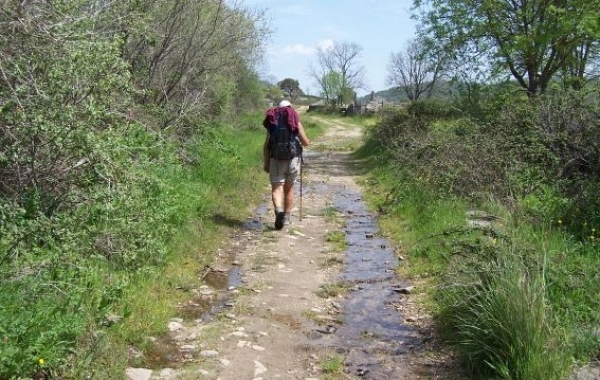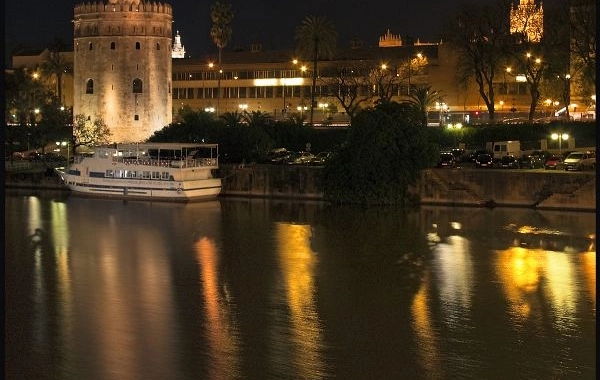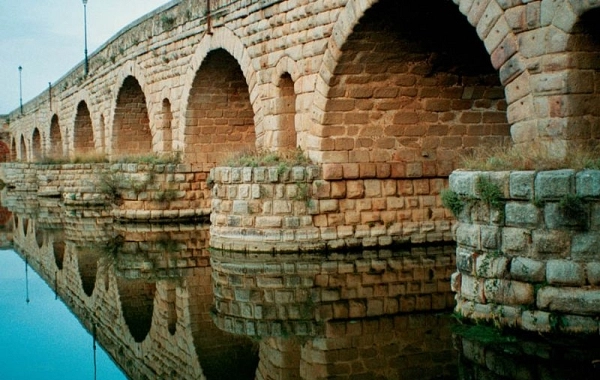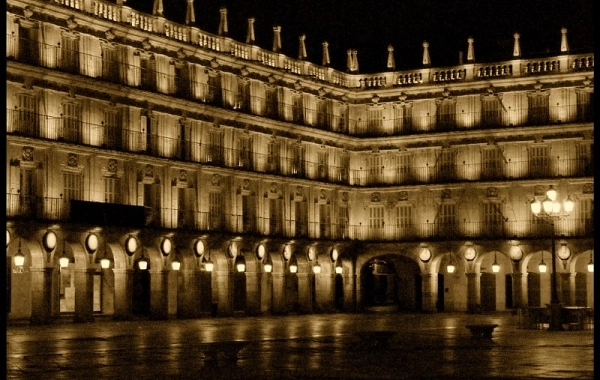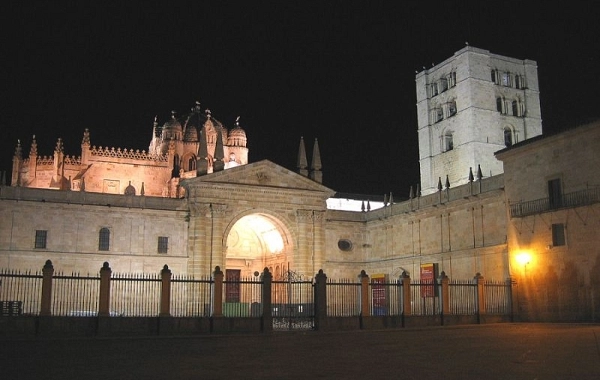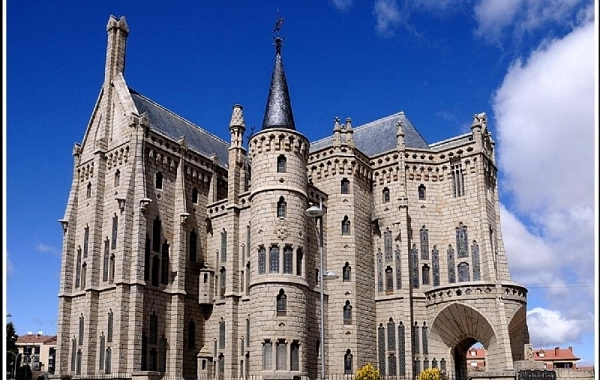Maps and Routes Via de la Plata
Distance773 Km.Stages26Related packages
The Camino de Santiago offers multiple routes that lead to the majestic cathedral of Compostela. While the Camino Francés is the most well-known and the Camino del Norte has significant historical importance, other routes, such as the Vía de la Plata, also provide an authentic and enriching experience for pilgrims. Below, we explore this fascinating itinerary that connects Seville with Santiago, passing through unique historical and cultural landscapes.
What is the Vía de la Plata?
The Vía de la Plata is a Jacobean route that combines history, nature, and culture. This historic path dates back to Roman times, when it was built as a road to connect the south with the northwest of Hispania. Its name comes from the Arabic term "balata," meaning "paved road," although not all original sections were paved.
Main Route of the Vía de la Plata
- Start: Seville (Híspalis), capital of Andalusia.
- End: Astorga (Astúrica Augusta), where it connects with the Camino Francés.
- Total Distance: 979.7 km to Compostela.
From Seville, pilgrims travel 722.5 km to Astorga, continuing another 257.2 km on the Camino Francés. A notable variant is the Camino Mozárabe-Sanabrés, which starts in Granja de Moreruela (Zamora) and covers 373.3 km to Santiago de Compostela.
History of the Vía de la Plata
Roman Origins
The Vía de la Plata was a key Roman road, connecting Mérida (Emérita Augusta) with Astorga. Built during the Roman Empire, it facilitated trade and communication between the Guadalquivir Valley and the northwestern part of the peninsula.
Arab Influence
During the Islamic period, the route was revitalized. The Arabs improved the road and gave it its current name, describing the paved sections as "plata."
Incorporation into the Jacobean Routes
Although pilgrimages to Santiago began in the 10th to 13th centuries, the Vía de la Plata gained prominence later when pilgrims and merchants began using it as a safe route to Compostela.
Stages of the Vía de la Plata
Main Stages of the Camino to Astorga
- Seville - Mérida: Crossing through Andalusia, passing historic towns like Zafra.
- Mérida - Salamanca: Crossing Extremadura and Castile and León, pilgrims enjoy unique landscapes.
- Salamanca - Astorga: A mix of history and nature on the way to the Camino Francés.
The Camino Mozárabe-Sanabrés
From Granja de Moreruela, pilgrims can opt for this variant, which crosses the province of Zamora, enters Galicia through Ourense, and concludes in Compostela.
What to See on the Vía de la Plata?
Seville: Starting Point
The vibrant capital of Andalusia blends history and modernity. Some must-see places for pilgrims are:
- The Cathedral and the Giralda: Iconic monuments of Christianity and Islamic architecture.
- Reales Alcázares: An impressive palace complex.
- Triana District: The birthplace of flamenco.
- Maria Luisa Park and the banks of the Guadalquivir River: Ideal spaces for walking and enjoying nature.
Mérida: Roman Heritage
Known for its Roman heritage, Mérida houses monuments like the Roman Theatre and the Aqueduct of the Miracles, offering a direct connection with the origins of the Vía de la Plata.
Salamanca: Culture and Architecture
A university city par excellence, Salamanca dazzles with its Plaza Mayor, University, and impressive Cathedral.
Practical Tips for Walking the Vía de la Plata
- Planning: The route includes long stretches with few services, especially in summer. It is essential to organize the stages and carry enough water.
- Equipment: Proper footwear and light yet durable clothing are essential.
- Season: Spring and autumn are the best seasons to avoid the extreme heat of the south and the cold of the north.
- Pilgrim Credential: Don’t forget to stamp it at each stage to obtain the Compostela upon reaching Santiago.
Conclusion
The Vía de la Plata offers a unique experience for pilgrims who wish to explore a less-traveled historic route but full of charm. From its start in Seville to its connection with the Camino Francés, this route takes us through centuries of history, diverse cultures, and unforgettable landscapes. Get ready for a spiritual and cultural journey that culminates in the magical city of Compostela.
Stages
- VP01 Sevilla - Guillena , 22 km
- VP02 - Guillena - Castilblanco de los Arroyos - 19 km
- VP03 - Castilblanco de los Arroyos - Almadén de la Plata - 29,5 km
- VP04 - Almadén de la Plata-Monesterio - 34,5 km
- VP05 - Monesterio-Fuente de Cantos - 21,6 km
- VP06 - Fuente de Cantos - Zafra - 24,6 km
- VP07 - Zafra - Almendralejo - 36,7 km
- VP08 - Almendralejo - Mérida - 29,6 km
- VP09 - Mérida - Alcuéscar - 36 km
- VP10 - Alcuéscar - Valdesalor - 25,7 km
- VP11 - Valdesalor - Casar de Cáceres - 22,8 km
- VP12 - Casar de Cáceres - Cañaveral - 33,2 km
- VP13 - Cañaveral - Galisteo - 28 km
- VP14 - Galisteo - Cáparra - 29,5 km
- VP15 - Cáparra - Baños de Montemayor - 28,5 km
- VP16 - Baños de Montemayor - Fuenterroble de Salvatierra - 32,9 km
- VP17 - Fuenterroble de Salvatierra - San Pedro de Rozados - 28 km
- VP18 - San Pedro de Rozados - Salamanca - 23,4 km
- VP19 - Salamanca- El Cubo de la Tierra del Vino - 35 km
- VP20 - El Cubo de la Tierra del Vino - Zamora - 31,6 km
- VP21 - Zamora - Montamarta - 18,5 km
- VP22 - Montamarta - Granja de Moreruela - 22,7 km
- VP23 - Granja de Moreruela - Benavente - 25,5 km
- VP24 - Benavente - Alija del Infantado - 22,1 km
- VP25 - Alija del Infantado - La Bañeza - 20,5 km
- VP26 - La Bañeza - Astorga - 24,2 km




